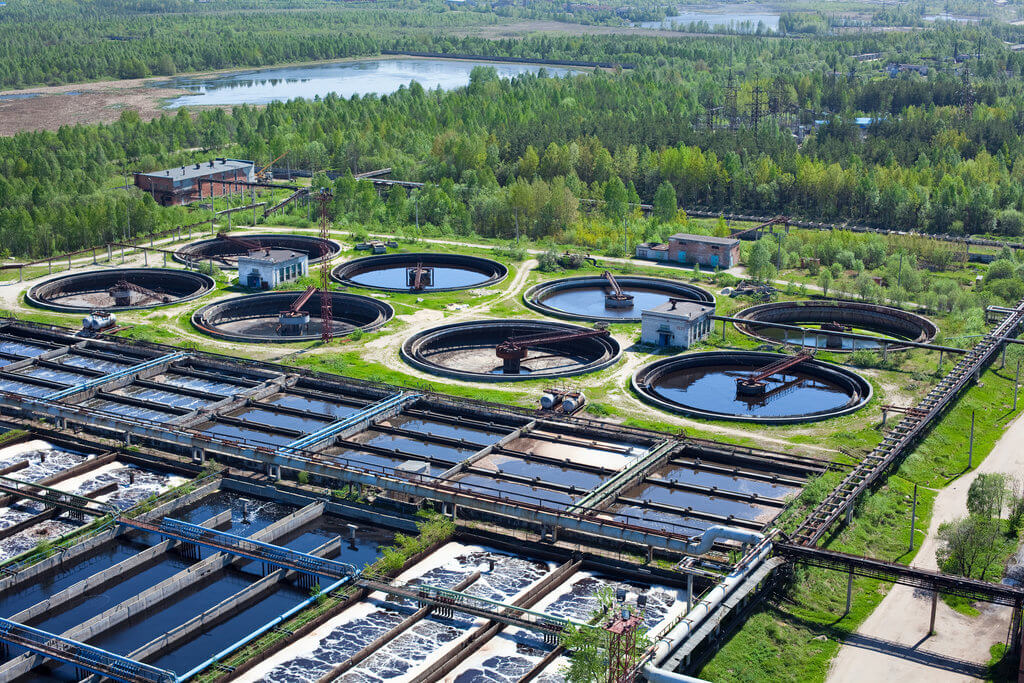Green Technology in Wastewater Treatment: Microbial Applications
The application of microorganisms in various industries is becoming increasingly prevalent as the concept of green circular economy gains traction.
What are Microorganisms?
Microorganisms are tiny organisms that are not easily observable to the naked eye and require magnification for observation. They encompass five major categories of organisms:
- Bacteria and Cyanobacteria (Prokaryotes)
- Fungi (Eukaryotes)
- Algae (Eukaryotes)
- Protozoa (Eukaryotes)
- Viruses (Non-cellular structures)
The applications of microorganisms in industries are extensive, and here are some common examples.
- Food Industry: Yeasts and other microorganisms are used in the production of alcoholic beverages and beer through the fermentation of malt and water, producing alcohol and carbon dioxide. In dairy production, thermophilic and psychrophilic bacteria are used to produce lactic acid and other beneficial acids for products such as soft cheeses and yogurt.
- Pharmaceutical Industry: Bacteria are utilized in the production of many antibiotics such as penicillin and erythromycin. Additionally, yeasts and bacteria are employed in the production of other pharmaceutical products like insulin and human growth hormone.
- Petroleum Industry: The application of microorganisms in the petroleum industry is gaining attention, particularly in the production of biodiesel and other renewable fuels. Microorganisms are also used for the bioremediation of pollutants such as petroleum and petroleum products to reduce environmental impact.
- Textile Industry: Bacteria are employed in the production of colored substances during the dyeing process. Additionally, microorganisms are utilized in treating textile wastewater to reduce environmental impact.
- Environmental Industry: Microorganisms play a crucial role in the treatment of wastewater and solid waste by decomposing and processing organic substances. Furthermore, microorganisms can be used to produce organic fertilizers and other environmentally friendly products to reduce environmental impact.
In summary, the applications of microorganisms in various industries are vast and continuously evolving. They can be utilized for producing valuable products and reducing environmental impact by minimizing waste and pollution generation, as well as decreasing chemical usage and energy consumption. Moreover, with advancements in science and technology, there is ongoing exploration of additional possibilities for microorganism applications, leading to further innovation and progress.

One of the most widespread applications of microorganisms is in wastewater treatment, which encompasses several aspects:
- Biological Treatment: Microorganisms are utilized to convert harmful substances into harmless ones, which is one of the primary methods of wastewater treatment. For example, organic substances, ammonia nitrogen, nitrates, and other substances in wastewater can be decomposed, transformed, and removed by aerobic bacteria, anaerobic bacteria, nitrifying bacteria, denitrifying bacteria, etc., to meet discharge standards for monitoring values such as COD.
- Sludge Treatment: Microorganisms also play a vital role in sludge treatment. Sludge treatment mainly refers to methods such as sludge dewatering, dehydration, incineration, or composting after dehydration. Microorganisms can assist in removing organic matter during the dewatering process. Additionally, during the sludge treatment process, microorganisms can decompose organic matter, produce beneficial fertilizers and improve soil structure.
- Bioenergy: Microorganisms can also generate bioenergy in wastewater treatment, such as biogas and biomethane. Through microbial metabolism, organic substances in wastewater are decomposed to produce hydrogen and methane energy, which can be utilized for energy production and substitute fossil fuels.
- Microbial Control: During wastewater treatment, some microorganisms can also prevent microbial contamination. For instance, substances like silver ions and nitric oxide can inhibit the growth of bacteria and viruses in wastewater, thereby reducing harm to the environment and human health.
In conclusion, the application of microorganisms in wastewater treatment is extensive, effectively removing harmful organic substances from water while also generating useful energy and resources. It represents a sustainable green technology that contributes to environmental protection and resource utilization.
CONTACT US
Kelly Chemical Corporation
Electronics
TEL:(02)2762-1985 ext 11200
Online Message
Leave your contact information,
and we will get in touch with you soon.
Email Consultation
After receiving your email,
we will process it as soon as possible.send Email